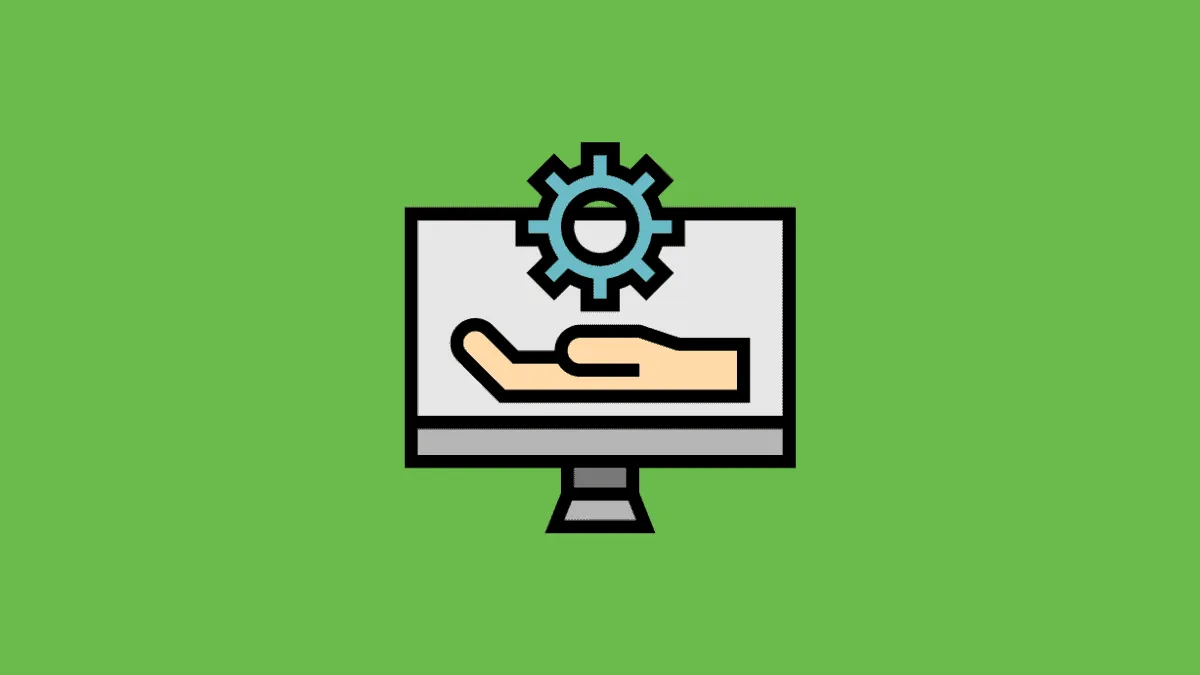Bloatware, or unwanted pre-installed software, often burdens Windows 11 systems by consuming valuable resources and storage space. This can lead to reduced performance and a cluttered user experience. Removing these unnecessary applications, known as debloating, can enhance your PC's speed and efficiency. This guide provides detailed methods to effectively debloat your Windows 11 computer and optimize its performance.
Debloat Windows 11 using third-party tools
One of the most efficient ways to remove bloatware is by using third-party debloating tools. These tools automate the process of identifying and removing unnecessary apps and services from your system.
Using ThisIsWin11 to debloat Windows 11
ThisIsWin11 is a free optimization tool that allows you to customize and streamline your Windows 11 installation. It provides a user-friendly interface to tweak settings, remove unwanted applications, and enhance system performance.
Step 1: Download the ThisIsWin11 tool from its GitHub repository. Click on the green Code button and select Download ZIP to save the file to your computer.
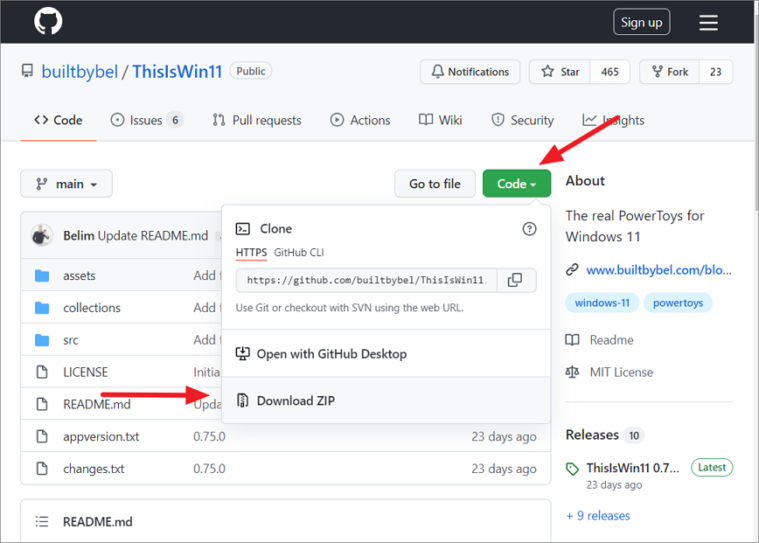
Step 2: Locate the downloaded ZIP file and extract its contents. Right-click the file, choose Extract All, and select the destination folder.

Step 3: Open the extracted folder and run ThisIsWin11.exe. If prompted by User Account Control, click Yes to allow the app to make changes.

Step 4: The app's interface provides various options to customize and optimize Windows 11. Navigate through the tabs to adjust settings, remove apps, and enhance performance.
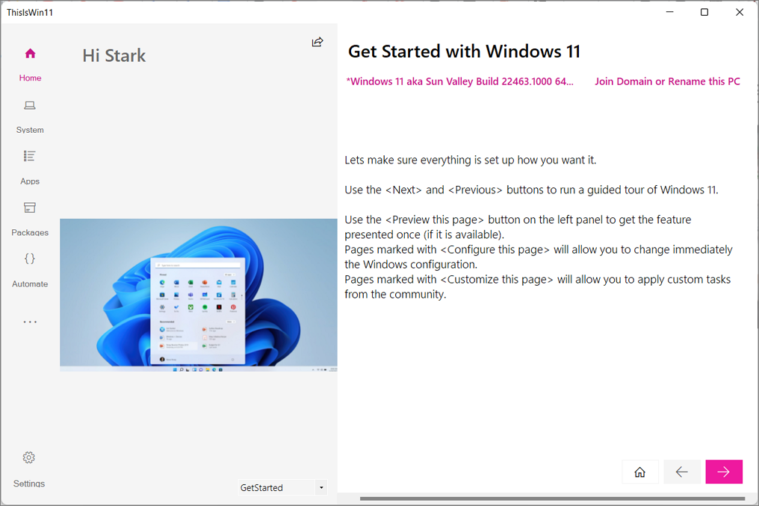
Step 5: To remove unwanted pre-installed apps, go to the Apps section. Here, you'll see a list of installed apps. Select the apps you wish to remove by highlighting them and clicking the Add selected >> button to move them to the Recycle Bin pane.
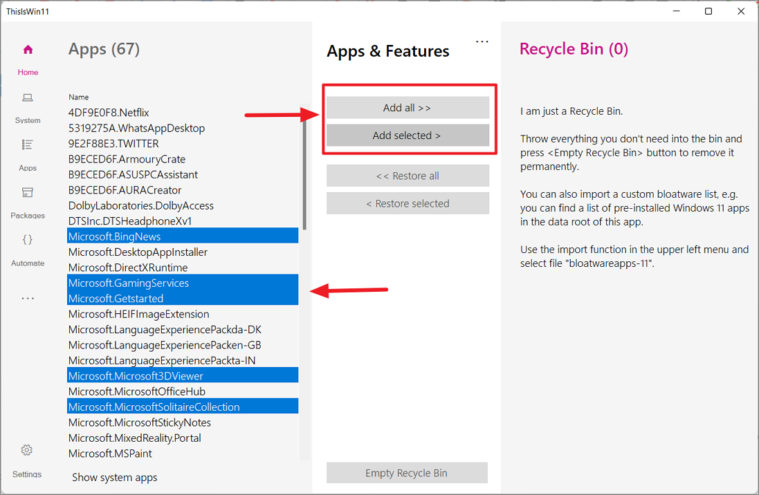
Step 6: If you change your mind about any app, you can restore it by selecting it in the Recycle Bin pane and clicking << Restore selected. Once you're ready, click on Empty Recycle Bin to uninstall the selected apps.
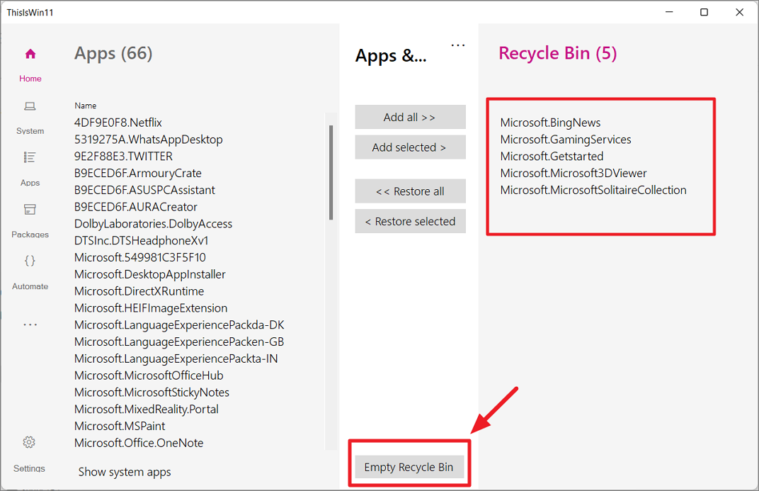
Step 7: Confirm the action when prompted by clicking Yes. The tool will proceed to remove the selected bloatware from your system.
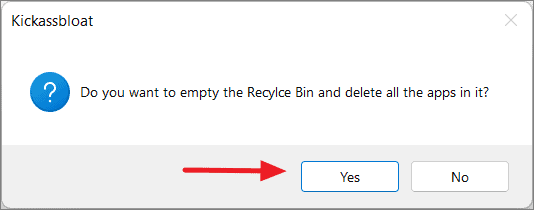
ThisIsWin11 also offers options to tweak system settings, disable unnecessary services, and install useful applications to further optimize your PC.
Automating debloat process with ThisIsWin11
The tool provides automation features to streamline the debloating process.
Step 1: Navigate to the Automate tab within ThisIsWin11. Here, you can select from predefined tasks such as removing provisioned apps, disabling telemetry, and cleaning up the system.
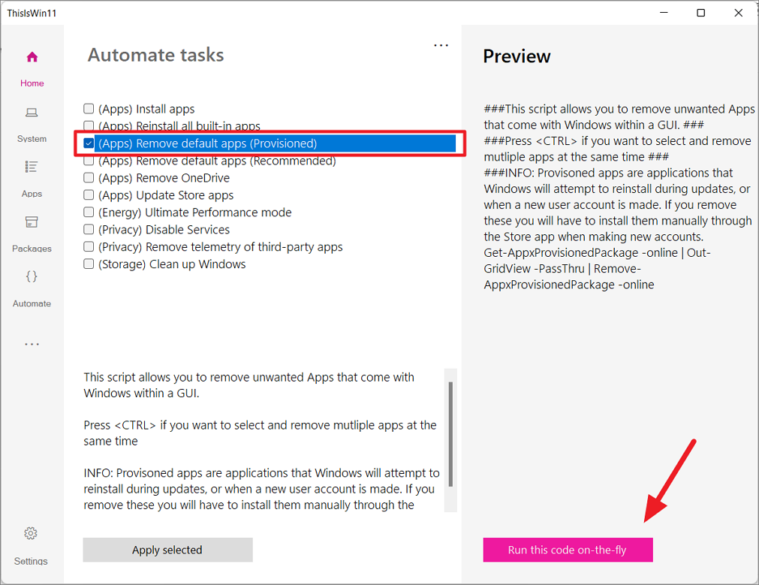
Step 2: Choose the tasks you wish to execute by checking the corresponding boxes. For example, select (Apps) Remove default apps (Provisioned) to permanently remove built-in apps from the system image.
Step 3: Click on Run this code on-the-fly to execute the selected tasks. A window may appear allowing you to select specific apps or services to remove or disable.

Step 4: After making your selections, confirm and allow the tool to apply the changes. This process will enhance your system's performance by eliminating unnecessary components.
Using Windows10Debloater script to remove bloatware
Another effective tool is the Windows10Debloater script by Sycnex, which also works with Windows 11 to remove unwanted applications and services.
Step 1: Download the script from the Windows10Debloater GitHub page. Click on the green Code button and select Download ZIP.
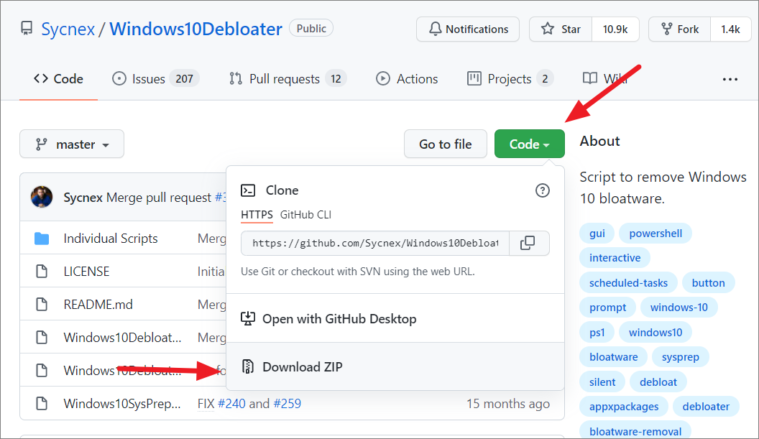
Step 2: Extract the downloaded ZIP file by right-clicking it and choosing Extract All.
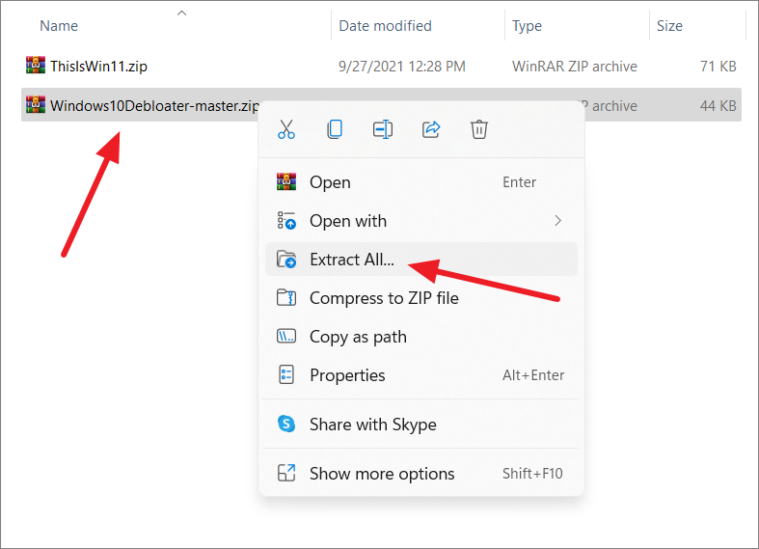
Step 3: Open Windows PowerShell as an administrator. Search for PowerShell in the Start menu, right-click it, and select Run as administrator.
Step 4: In PowerShell, execute the following command to set the execution policy:
Set-ExecutionPolicy UnrestrictedType Y to confirm.
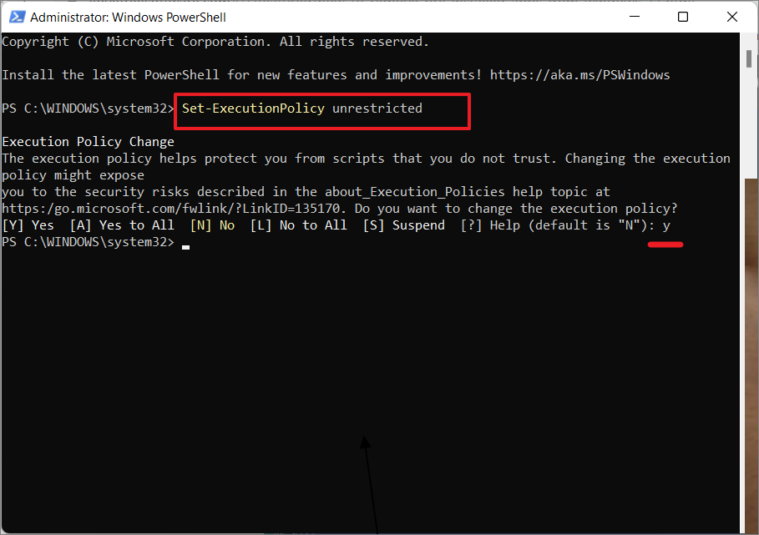
Step 5: Navigate to the extracted folder and right-click the Windows10DebloaterGUI.ps1 file. Select Run with PowerShell to execute the script.

Step 6: If the script doesn't run automatically, open it with Notepad, copy the contents, and paste them into the PowerShell window. Press Enter to execute.
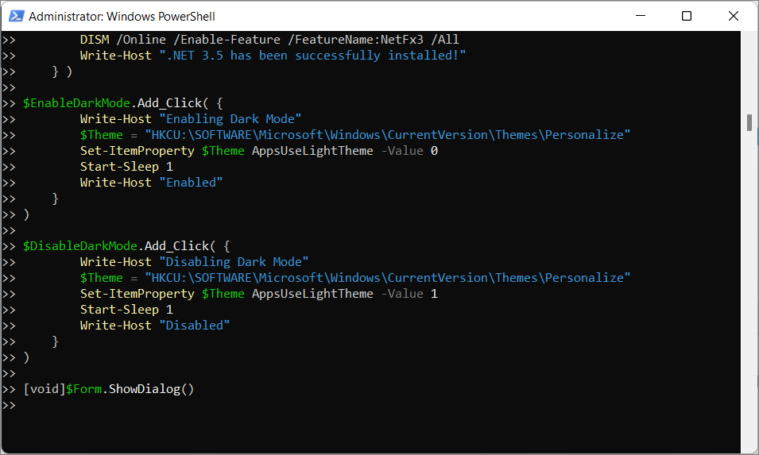
Step 7: The Windows10Debloater GUI will open. Here, you can choose to remove all bloatware by clicking REMOVE ALL BLOATWARE or customize the apps to be removed.
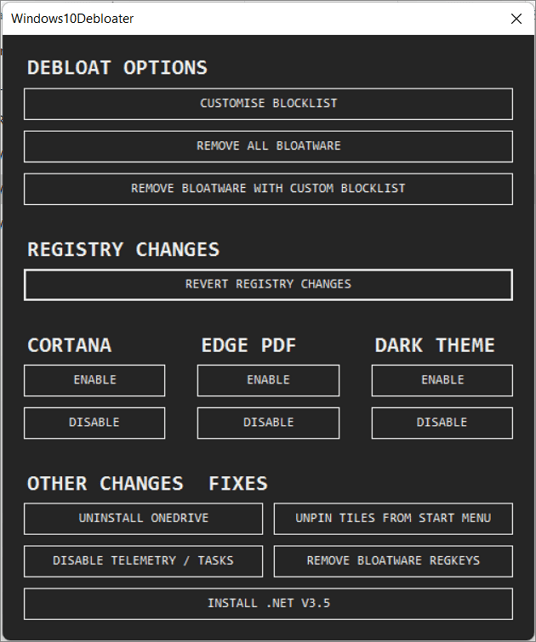
Step 8: To customize, click on CUSTOMISE BLOCKLIST. In the window that appears, check or uncheck the apps you wish to remove or keep. Once done, click on SAVE CUSTOM LIST if desired, then close the window.

Step 9: Back in the main GUI, click REMOVE BLOATWARE WITH CUSTOM BLOCKLIST to remove the selected apps. The script will execute and remove the bloatware accordingly.
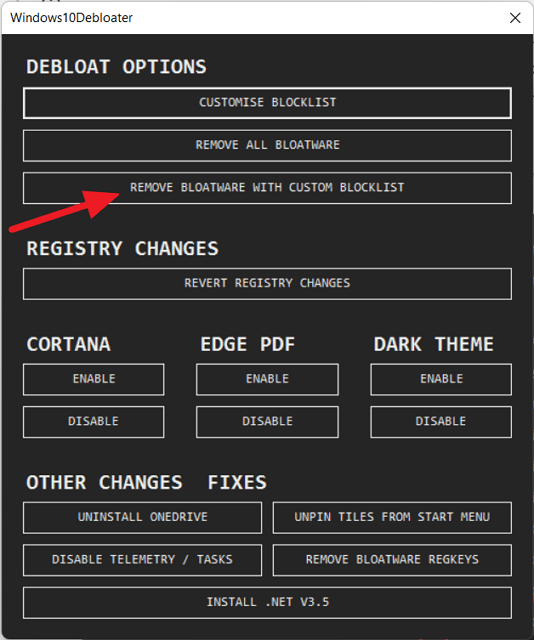
This script also offers options to disable Cortana, OneDrive, and other services that may not be essential to your usage, further optimizing your system.
Remove bloatware using PowerShell commands
If you prefer not to use third-party tools, you can manually remove unwanted apps using PowerShell commands. This method allows you to uninstall apps that are not easily removable via the traditional uninstall process.
Using Remove-AppxPackage command
Step 1: Open Windows PowerShell as an administrator.
Step 2: To view a list of installed apps, execute:
Get-AppxPackage | Select Name, PackageFullName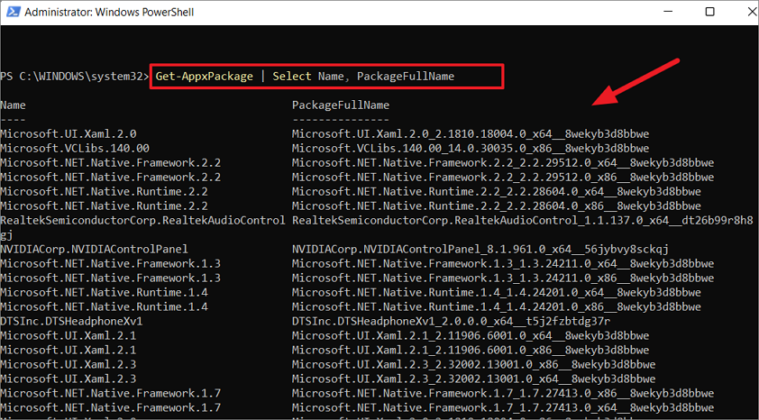
Step 3: Identify the app you wish to remove from the list.
Step 4: Use the following command to remove a specific app:
Get-AppxPackage *appname* | Remove-AppxPackageFor example, to remove the Xbox app:
Get-AppxPackage *Xbox* | Remove-AppxPackage
Step 5: Repeat the process for any other apps you wish to uninstall.
Removing provisioned apps with DISM
To permanently remove bloatware so it doesn't reappear for new users or after updates, you can use the Deployment Imaging Service and Management (DISM) tool.
Step 1: Open Windows PowerShell as an administrator.
Step 2: List all provisioned apps with:
DISM /Online /Get-ProvisionedAppxPackages | Select-String PackageName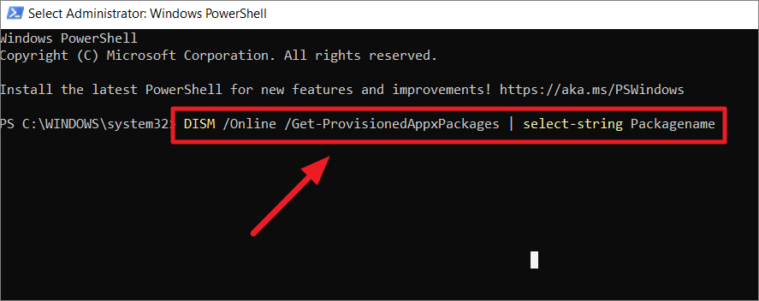
Step 3: Copy the PackageName of the app you want to remove.
Step 4: Run the following command, replacing PackageName with the copied name:
DISM /Online /Remove-ProvisionedAppxPackage /PackageName:PackageName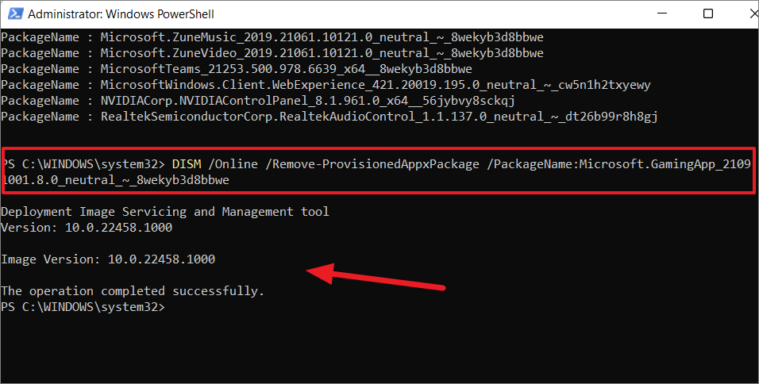
This will permanently remove the app from the system image.
Remove bloatware using traditional uninstall
Some pre-installed apps can be uninstalled using the standard method through the Settings app.
Step 1: Open Settings by pressing Windows + I and navigate to Apps, then select Apps & features.
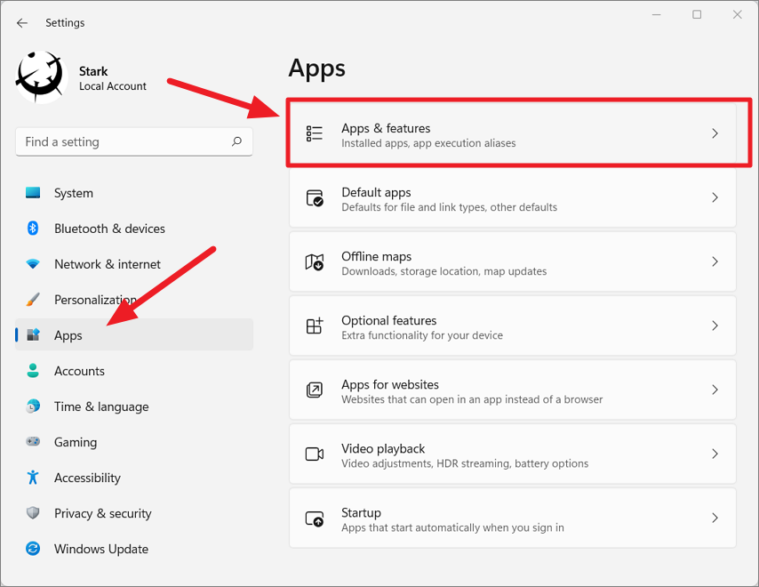
Step 2: Scroll through the list to find the app you want to uninstall. Click on the three-dot menu next to it and choose Uninstall.
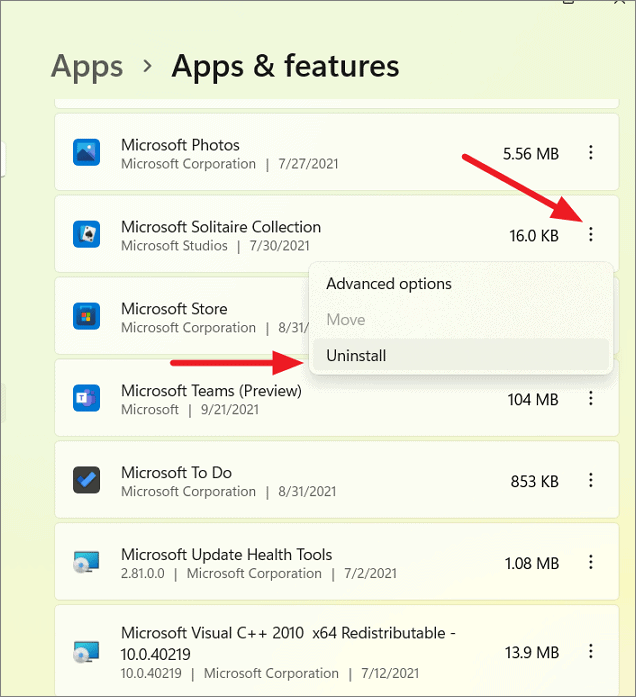
Note that this method may not work for all built-in apps, as some do not provide an uninstall option.
Prepare your system before debloating
Before removing bloatware, it's advisable to update your system and create a restore point in case you need to revert changes.
Install the latest Windows updates
Step 1: Open Settings and go to Windows Update.
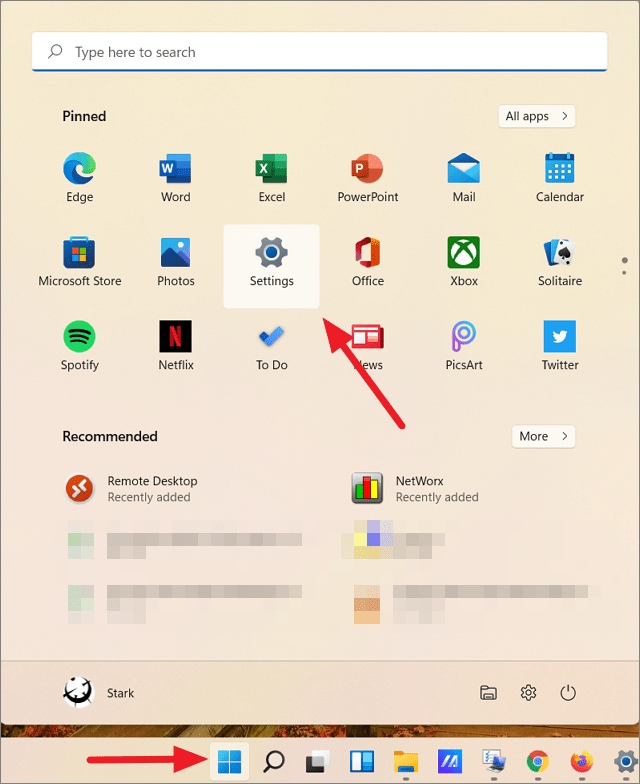
Step 2: Click on Check for updates and install any available updates.
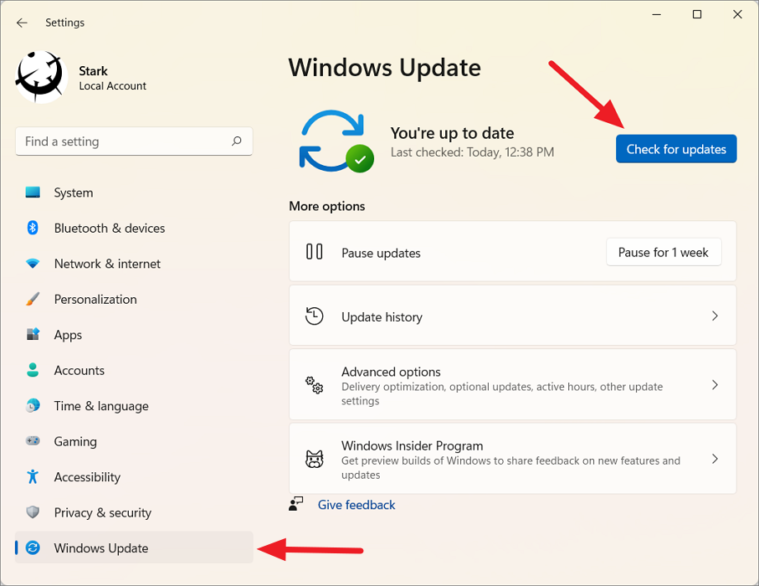
Create a system restore point
Step 1: Search for Create a restore point in the Start menu and open it.

Step 2: In the System Protection tab, select your system drive and click on Configure.
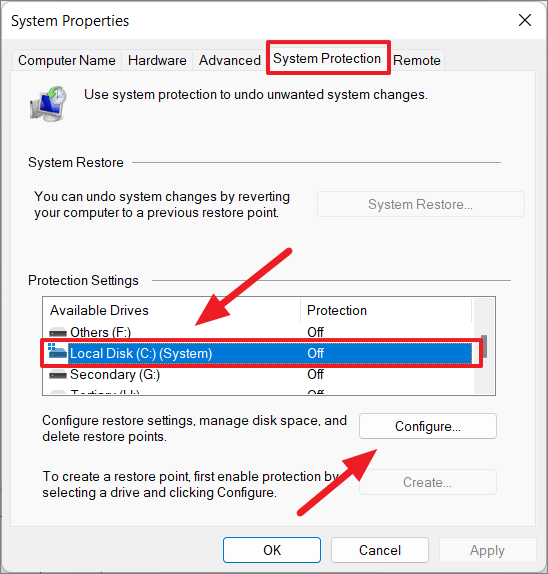
Step 3: Enable system protection, apply the changes, and click OK.

Step 4: Click on Create, provide a description for the restore point, and confirm to create it.
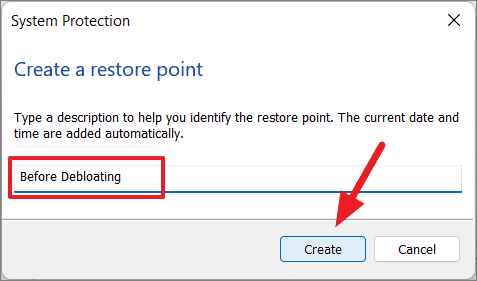
By following these methods, you can effectively remove bloatware from your Windows 11 PC, enhancing its performance and freeing up valuable resources.

